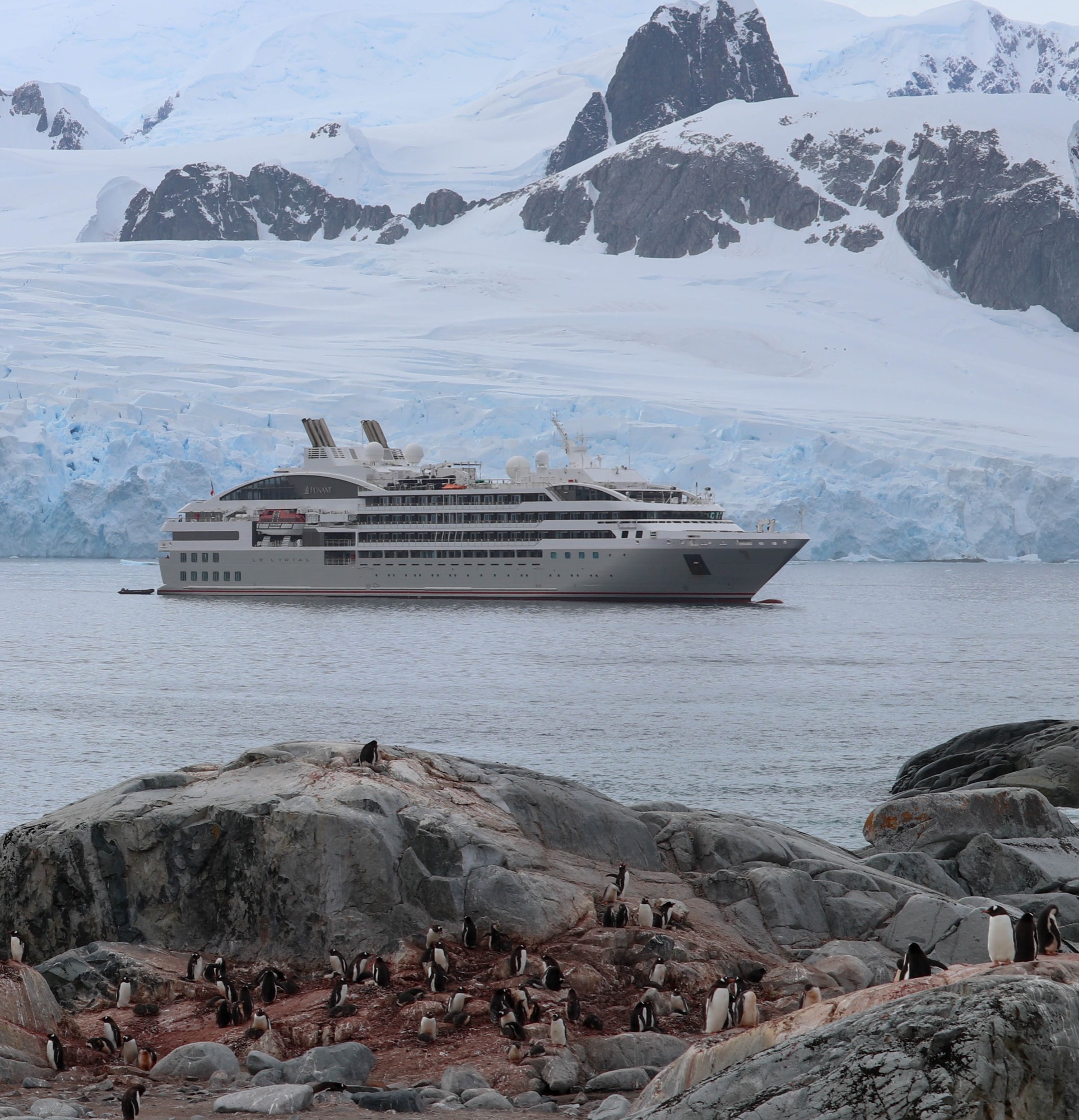Small Wonders
Darwin's fungus, also known as Indian Bread, is a round orange colored fungus that has small dimple like indentations that resemble the surface of a golf ball.
The fungus attaches to Southern Beech trees and sends out a chemical that makes the tree produce a gnarled gall. Large colonies of the fungus attach themselves to the gall and the tree looks as though it is bearing fruit.







































